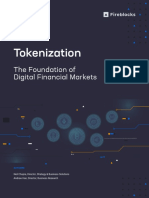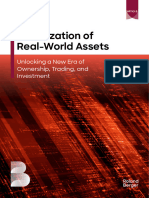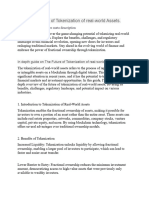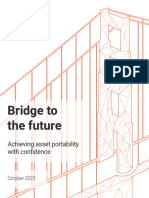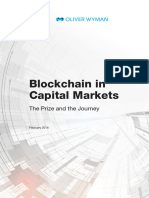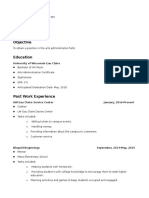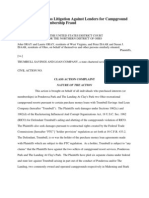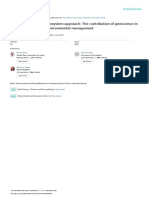0% found this document useful (0 votes)
94 views9 pagesTokenization's 2023 Resurgence in Finance
Tokenization aims to represent traditional assets like real estate, stocks, and bonds as digital tokens on a blockchain. While tokenization was first attempted in 2017 with limited success, renewed interest in 2022 may lead to different outcomes. Large financial institutions are pursuing opportunities like tokenized loyalty programs and facilitating over $1 trillion in tokenized transactions monthly. However, challenges remain regarding scaling tokenization and navigating the complex multi-party process.
Uploaded by
knwongabCopyright
© © All Rights Reserved
We take content rights seriously. If you suspect this is your content, claim it here.
Available Formats
Download as PDF, TXT or read online on Scribd
0% found this document useful (0 votes)
94 views9 pagesTokenization's 2023 Resurgence in Finance
Tokenization aims to represent traditional assets like real estate, stocks, and bonds as digital tokens on a blockchain. While tokenization was first attempted in 2017 with limited success, renewed interest in 2022 may lead to different outcomes. Large financial institutions are pursuing opportunities like tokenized loyalty programs and facilitating over $1 trillion in tokenized transactions monthly. However, challenges remain regarding scaling tokenization and navigating the complex multi-party process.
Uploaded by
knwongabCopyright
© © All Rights Reserved
We take content rights seriously. If you suspect this is your content, claim it here.
Available Formats
Download as PDF, TXT or read online on Scribd
/ 9









